
Who Was Your Daddy and What Did He Do
M8 Scott
Based on the well received and praised Stuart the M8 Scott sported a 75mm Howitzer in place of the 37mm Gun of the Stuart. Whether you were dealing with an Italian Bunker or a Japanese Banzai charge the 75mm Howitzer proved it’s worth when aiding the lighter armed Stuarts.
Designed to support allied reconnaissance units and provide them with a way to deal with infantry in dug in positions the M8 quickly found a place in all theaters of the war.
But who was Scott and What did he do?
Born in 1786, three years before the ratification of the US Constitution, Scott joined the Artillery in 1808. He was promoted to Brigadier General during the War of 1812, a time when the United States was forced to make a decision between the old veteran Generals of the War of Independence or new untested men. Scott developed a dislike of Militia during the war when the Militia meant to support his invasion of Canada (The War of 1812 is totally insane and well worth a look) refused to cross the border which resulted in the surrender of him and his men.
Scott executed the capture of Fort George which my source material describes as “is considered among the best-planned and best-executed U.S. operations of the war”. I would prefer to the the word Only instead of the word among. Seriously read up on this war it was a total disaster, Drunk Fort Commanders, British units meant to storm a defended position forgetting their ladders and the President riding around on horseback desperately trying to raise more men as the British General stole his love letters and set fire to D.C.
Scott served both in the field and behind a desk for the next few decades fighting mostly against Native Tribes until the infamous Mexican-American War. This war would cast a long shadow that touched almost all the future leaders of the American Civil War.
Scott overcame a lot of political opposition to lead an American Army into Mexico, they landed near Veracruz where he was attacked by the Mexican President and General Antonio Lopez de Santa Anna (Yes the guy from the Alamo). Scott won a series of hard fought Battles against Santa Anna forcing him to retreat which enabled Scott to take the surrounding defences of Mexico City that lead to the eventual surrender of that city.
Two fun facts. One of Scott’s Staff Officers during the war was none other than Captain Robert E. Lee himself. Upon hearing of Scott’s victories over Santa Anna, who proclaimed himself the Napoleon of the West, Sir Arthur Wellesley, Duke of Wellington proclaimed Scott “The Greatest Living General”.
Scott was an active Whig and had run, unsuccessfully, for President in 1840, 1848 and finally in 1852 earning the hatred of fellow failed Presidential hopeful Henry Clay who he challenged to a duel. Both men are important figures in the political climate of the day between Pro Slavery Democratic-Republican Party (Which would later become the Modern Democratic Party), the Politically Chaotic Whig Party (composed of both pro and anti slavery advocates) and the rising Anti Slavery Parties that would eventually become the Republican Party who’s election victory in 1860 lead to the Civil War.
At age 75 the obese, gout ridden General was the Commanding General of the US Army and reportedly couldn’t even mount a horse. Despite being a competent General Scott was replaced shortly after the Union defeat at The Battle of Bull Run (First Manassas) Scott was replaced by General McClellan and retired to an advisory role becoming an unofficial part of Lincoln’s War Council.
Scott’s Anaconda Plan to Blockade the Southern States and launch an attack in Mississippi back towards the coast turned out to be quite a good idea since it was very close to the way the Union won the war in the end.
Probably the most bizarre thing about General Scott was his opposition to forming Divisions rather than just Brigades. Quite a bizarre decision when you look at the numbers of men who would eventually serve in the Union Army.
Scott died on May 29th 1866 at West Point where he had lived for the duration of the war.
































![TerrainFest 2024! Build Terrain With OnTableTop & Win A £300 Prize [Extended!]](https://images.beastsofwar.com/2024/10/TerrainFEST-2024-Social-Media-Post-Square-225-127.jpg)
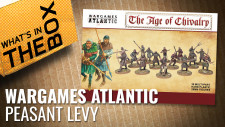
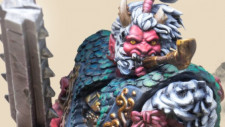






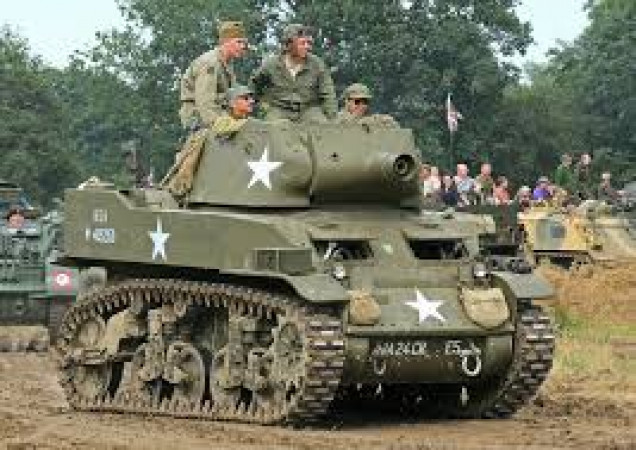
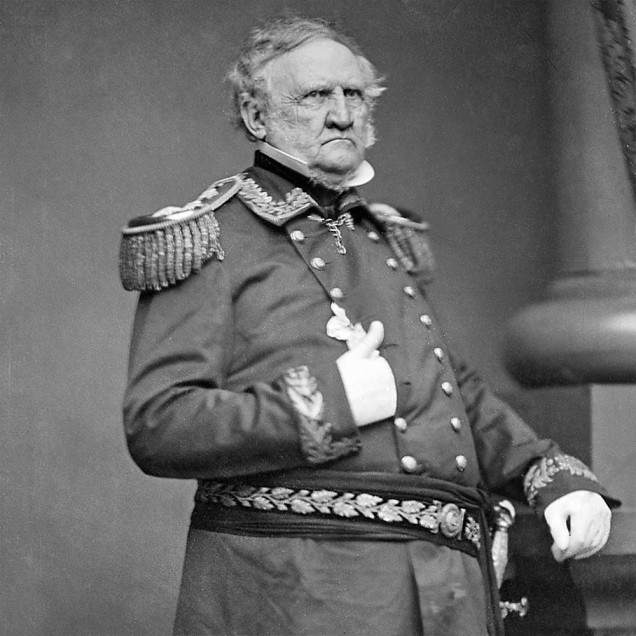
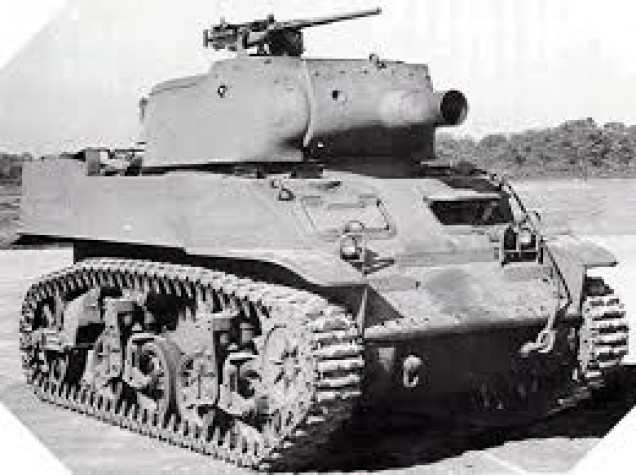
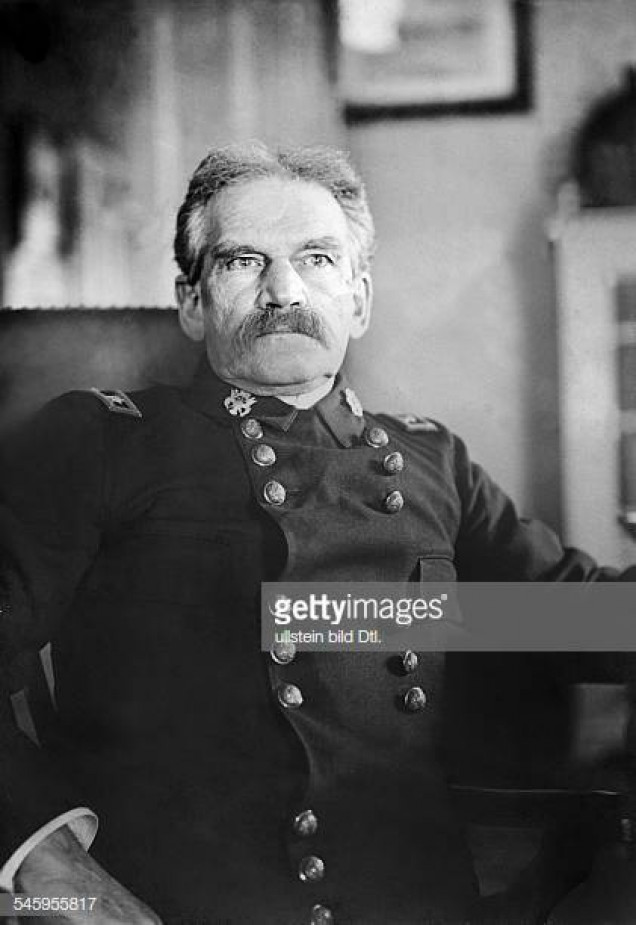


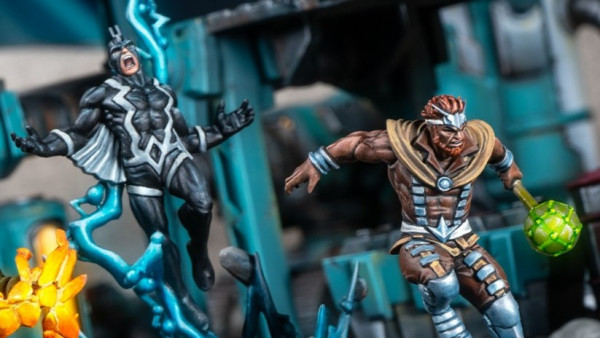
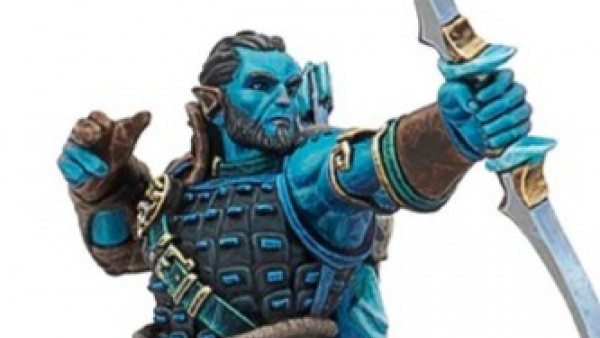

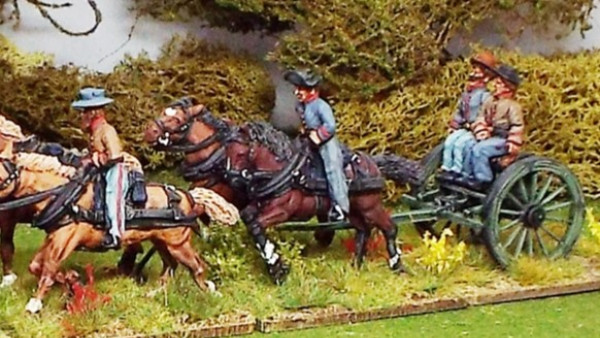


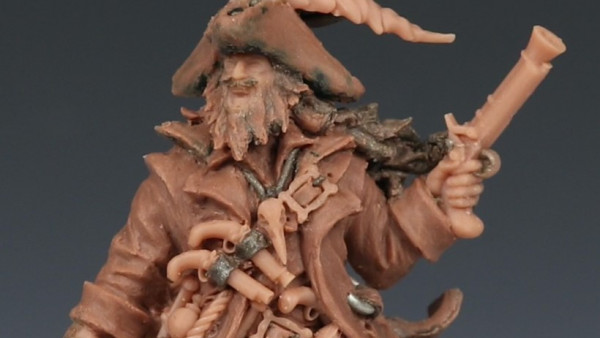
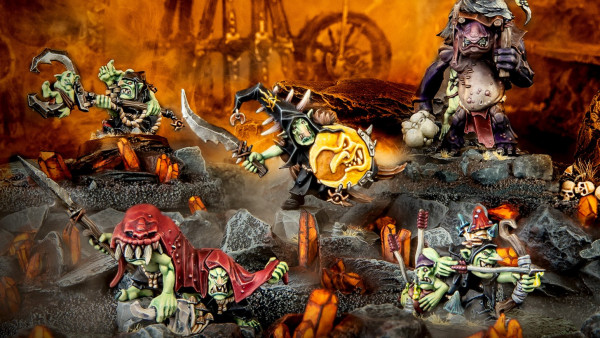
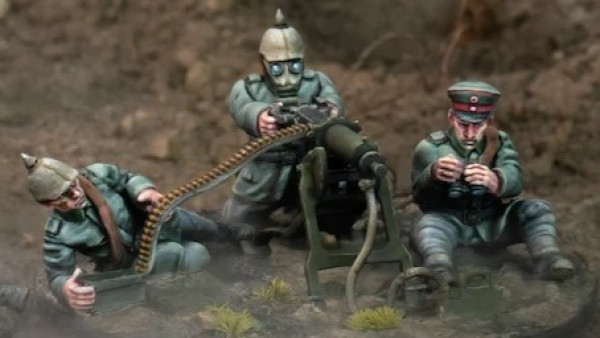
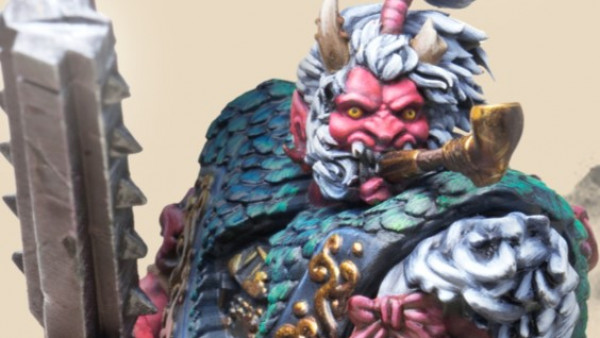

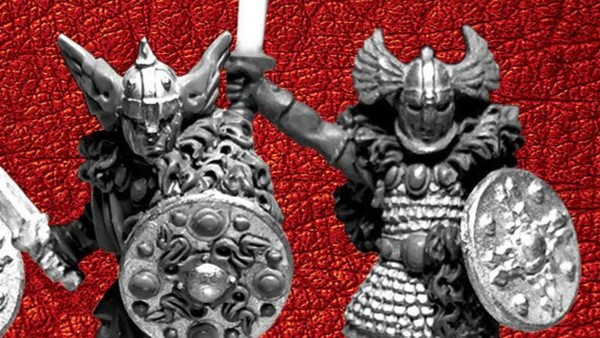



















Leave a Reply